Single Action Shooting (SAS) is sometimes refered to as concept shooting competition. Having evolved more then 25 years ago in the USA, SAS has grown into one of, if not the, fastest growing shooting competition in the world today.
SSAA Single Action Shooting – Australia is affiliated with the world governing body SASS – Single Action Shooting Society. Matches are conducted using the International Rules of Single Action Shooting as promulgated by SASS.
Participants
Participants from all walks of life, male and female, young and old, are attracted to the discipline and they all have one thing in common – they all have an interest in the pioneering days of the ‘Old West’. This common interest manifests itself not only in the mastering of skills associated with the use of antique firearms or reproductions of these firearms, but in keen competition underpinned with a sportsmanship sometimes lost in today’s sporting activities.
Targets
Targets used in SAS matches are generally reactive plates specifically designed for this type of competition. They can be square, round or card-suite shapes and are often based on a 400mm x 400mm size. Multiple targets are used on each match stage. Additionally, clay targets may be used in some matches.
Targets are set in accordance with stage description and must be engaged in exactly the same sequence from static positions, regardless of which category a participant competes in. Sequences are clearly described in the shooter’s program.
Firearms
The firearms used today are single action revolvers, lever action rifles and side-by-side shotguns without automatic ejectors. Essentially, the firearms and calibres used in competition are those commonly in use in the 19th century up until 1896.
Matches
Matches may be as few as four stages; however, most major matches above club level are ten to 12 stages or ‘courses of fire’, each being an individual match in itself.
Generally, as interpretive living historians, or re-enactors, competitors aim to preserve the ‘spirit of the game’ by fully participating in what the competition asks. They endeavor to dress the part, use the appropriate competition tools and respect the traditions of the ‘Old West’. Some 100 to 150 years later, ‘the spirit of the game’ is more commonly referred to as sportsmanship.
Discipline chairman: Matt Barwick 0418 468 721

